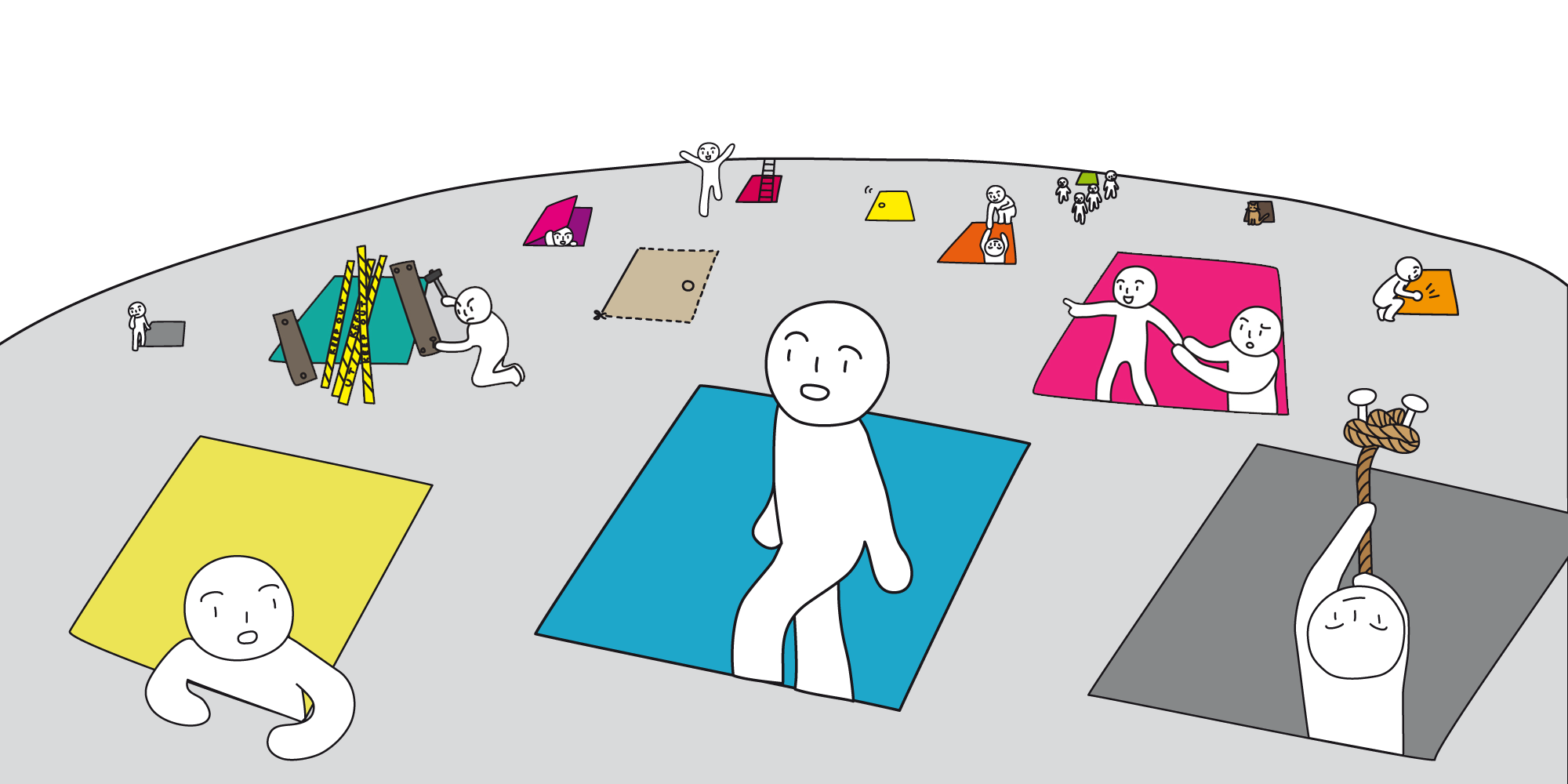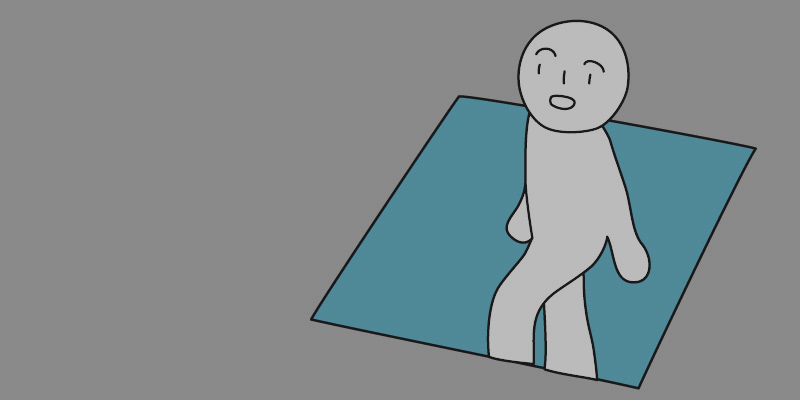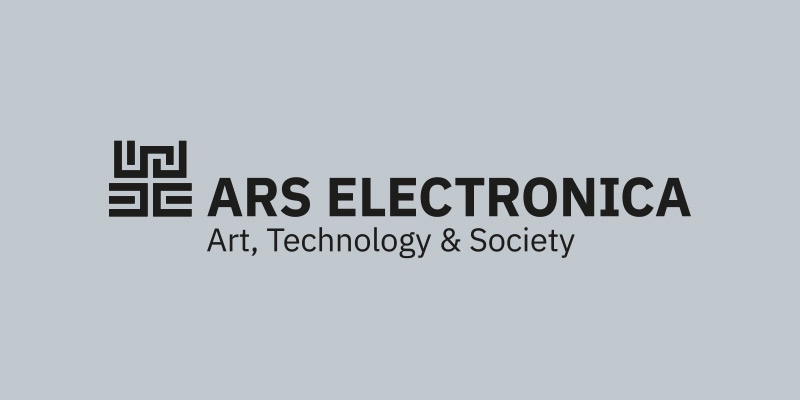Ganztags

CAMPUS Exhibition
Every year since 2002, Ars Electronica and the University of Art and Design Linz have hosted an exhibition by artists associated with an international higher-education institution whose curriculum takes an innovative approach to teaching media art and media culture. Part of Campus’s mission is to enable the presentation of young, local media artists and their work with international exposure.
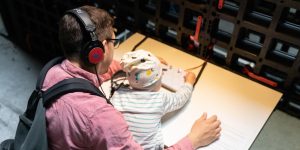
Tickle
The Center for Haptic Audio Interaction Research (CHAIR) (DE)
The Tickle is an acoustic interface for sound. It’s designed as the missing input device for physical modeling synthesis. Vibrations are captured on the surface and fed into digital resonators. It responds naturally to hitting or scratching, even bowing on the edge, making the interaction embodied, intuitive, and intimate.
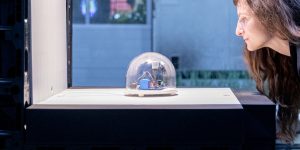
Maschine, die auf Gott wartet
Hannes Waldschütz (DE)
The Maschine, die auf Gott wartet (“Machine that waits for God”) is part of a series of three “waiting machines.” They were activated in Bremen on October 24, 2007, at 6:07 p.m. From this point in time the three machines had been in operation, the Maschine, die auf Gott wartet is still waiting. It’s a microelectronic circuit, built and programmed in order to constantly inquire about the expected event: God must give a signal via a God sensor. An integrated backup power supply guarantees failure-free and uninterrupted functioning.

ARS and the CITY
A retrospective of the activity and impact of Ars Electronica in, with and for Linz: Ars Electronica’s art, media and participation projects in public space – from 1979 to the present day.
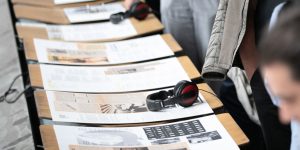
ARS on the WIRE
Long before the Internet began to attract widespread attention in the form of the WWW and before a young generation of artists began to critically examine the structures, peculiarities, and future possibilities of this new medium under the term “Net Art,” telecommunications art projects began to take place (from the late 1970s onwards) dealing with global networking. From the outset, Ars Electronica was a venue for this pioneering artistic work.
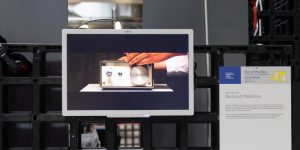
[burnout] Maschine
Max Kullmann (DE)
The [burnout] Maschine was designed to prevent individuals (who are part of an increasingly stressed society despite diminishing physical work) from burning out by taking on this exclusively human inadequacy. At the same time, the relationship between man and machine is questioned.
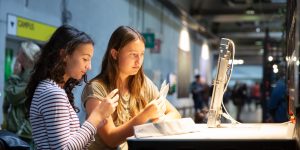
Privacy Machine
Timm Burkhardt (DE)
An electronic way to say, “I want to be private today and not appear in your social media photos.” Privacy Machine is a working proof of concept: stand in front of the screen and take the badge or the scarf. Both have a special pattern on it. As long as this pattern is recognized by the camera, the software will pixelate your face. It‘s an unrealistic wish because manufacturers would have to integrate this software into their smartphones as a default.
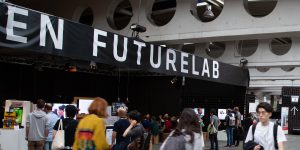
Open Futurelab
Once again this year, the Ars Electronica Futurelab and its partners show at the “Open Futurelab” which projects and initiatives have been created in the past months in collaboration between industries, education, art, and science. The research and development force behind Ars Electronica sees itself as an atelier and a laboratory at the same time – what exactly this means can be seen at the exhibits, lectures and performances shown in this area.

Machine to Support the Starving Artist
Timm Burkhardt (DE)
This work is designed to undermine the vital but patronizing “Harz IV” agenda of the German government in which self-employed individuals must send in records of their expenses in order to verify the necessity of support. Made of stainless steel, this unobtrusive machine is suited for the harsh environments of the streets. It generates receipts for random items, quantities, and sale amounts. Each receipt is printed on thermal paper like an actual receipt and could be sent to the authorities.
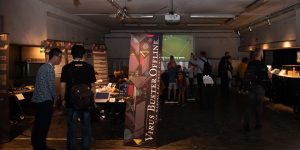
Device Art 2019
PhD. Program in Empowerment Informatics, University of Tsukuba
Device Art is a new form of art that brings out the essence of technology through new materials and mechatronic devices. This concept challenges the traditional paradigm of art by merging technology, art and design.
